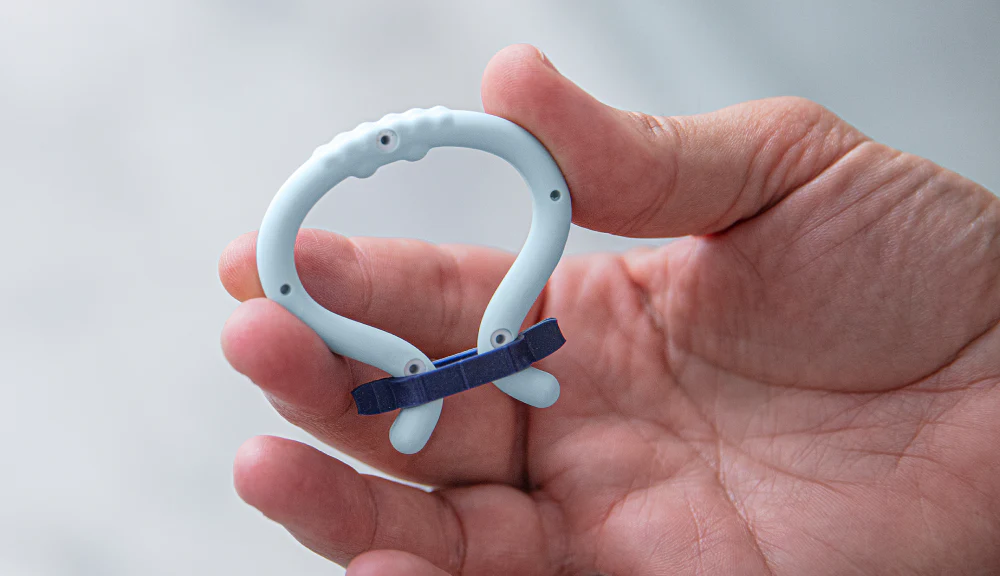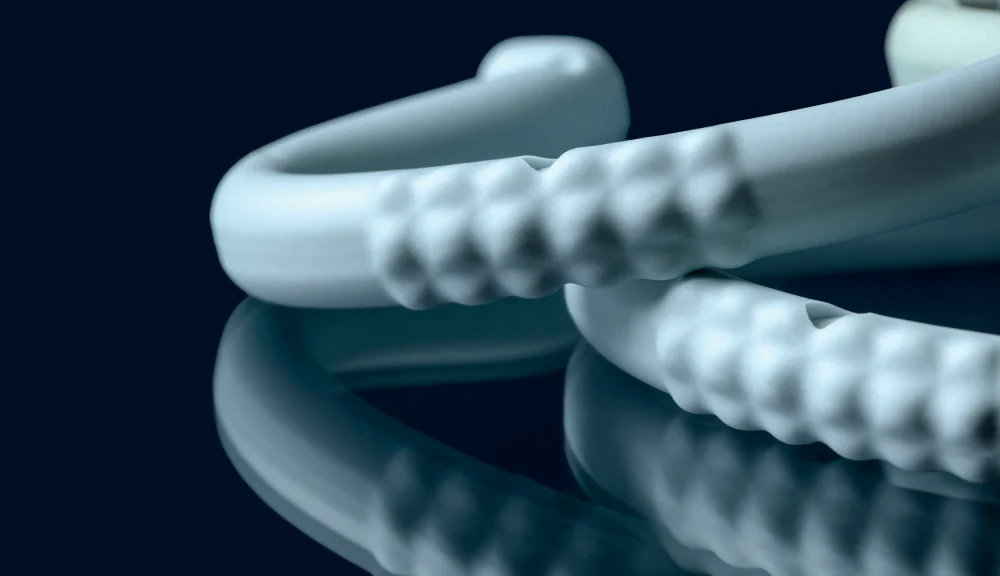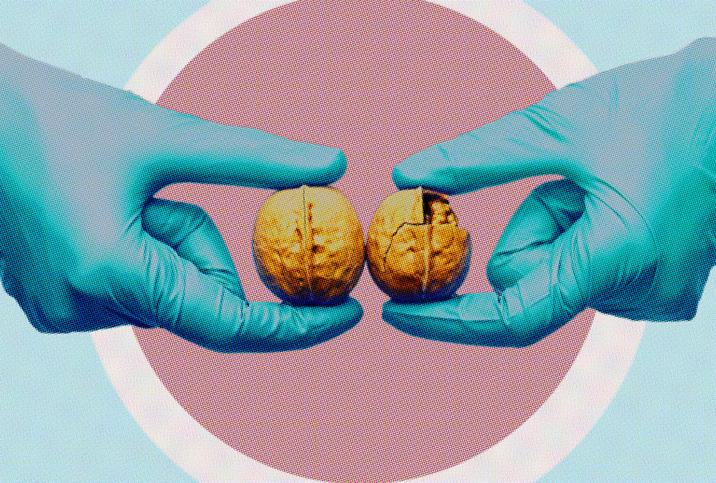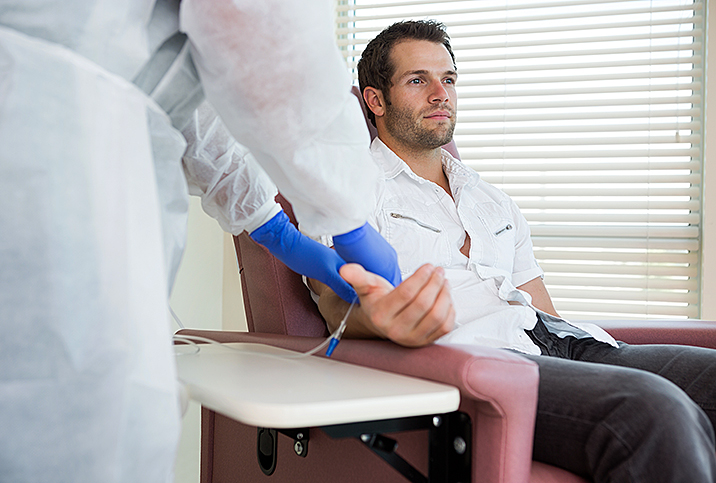Get Your Head Around Testicular Cancer and Treatment With 4 Questions

A doctor's exam under the best of circumstances can cause otherwise intelligent, thoughtful people to get tongue-tied when it's time to ask follow-up questions. For men diagnosed with testicular cancer (or any cancer for that matter), the situation is likely to be amplified.
The gravity of the diagnosis—combined with the implications for some of your favorite organs—can leave you awash in emotions and unable to form coherent thoughts, much less relevant questions.
Here's a short list of some crucial details you need to find out right away if you get a diagnosis of testicular cancer.
1. What type of testicular cancer do I have?
There are a couple of varieties of testicular cancer, and the difference is important.
More than 90 percent of testicular cancers start in germ cells, the cells that make sperm, according to the American Cancer Society. The germ cell tumors in the testicles are classified as either seminomas or nonseminomas, although sometimes a tumor is a mix of both.
You should become familiar with the numerous stages of seminomas and nonseminomas, the details of which are too extensive to list here. The main takeaway is that a seminoma tends to grow and spread more slowly than a nonseminoma. Seminomas also usually occur in men ages 20 to 45, although one specific kind, spermatocytic seminoma, hits men on average at age 65.
Nonseminomas usually affect younger men between their late teens and 30 years of age. One particular type, the yolk-sac carcinoma, is the most typical kind of testicular cancer found in children.
2. What tests will you do to confirm I have testicular cancer?
Most cancers are conclusively diagnosed only after a biopsy is performed and a pathologist looks directly at the cells in question under a microscope. Testicular cancer is different. Doctors rarely perform a biopsy on a suspected testicular tumor because the procedure itself can risk spreading it.
Mostly, clinicians detect testicular cancer based on three approaches: feeling a lump, looking at it with an ultrasound of your scrotum and a blood test. Other tests, such as X-rays, CT (computed tomography) scans and MRIs (magnetic resonance imaging) are possible, but they're usually only employed when staging the cancer or determining the growth and spread of the cancer.
Different types of testicular cancer produce different proteins in the blood called tumor markers, which are factors that help clinicians diagnose cancer. Nonseminomas typically result in elevated alpha-fetoprotein (AFP) levels and human chorionic gonadotropin (hCG), while seminomas occasionally elevate hCG levels but never raise AFP.
3. What stage is it?
There are three stages of testicular cancer, each of which indicates a different approach to treatment. However, all three stages typically require the removal of the cancerous testicle.
Four criteria determine the stages:
- The size of the tumor
- Whether it has spread to the lymph nodes
- Whether it has spread to other parts of the body
- What the blood tests (serum markers) show
Let's look at a brief overview of the stages of testicular cancer (more details are here). At stage I, the cancer is in the testicle and epididymis (and possibly the lymph vessels, the spermatic cord or the scrotum). By stage II of testicular cancer, it has spread to the lymph nodes in the abdomen. In stage III, the cancer has spread to the abdominal lymph nodes, plus more distant lymph nodes and/or other organs, particularly the lungs.
4. What type of treatment is appropriate for me?
As mentioned above, removal of the testicle, known as radical inguinal orchiectomy, is nearly always recommended with a diagnosis of testicular cancer.
But it's important to understand that surgical techniques have been refined and improved in recent years. There are very good reasons testicular cancer has a five-year survival rate of 95 percent if it's detected early, and it has a lot to do with surgical intervention.
Apart from the initial orchiectomy, other treatment options include chemotherapy and radiation therapy, depending on the cancer stage, whether it's a seminoma or nonseminoma and other factors that you should discuss with your physician or surgeon.
Conclusions
Testicular cancer is, of course, a devastating diagnosis no one wants. If it's possible to slap a silver lining on something so dark, the high survival rate is a big plus over other cancer types—but only when you discover it early.
If you spot a lump, don't hesitate to get it checked and sooner rather than later, because sooner is so much better when it comes to testicular cancer treatment.


















